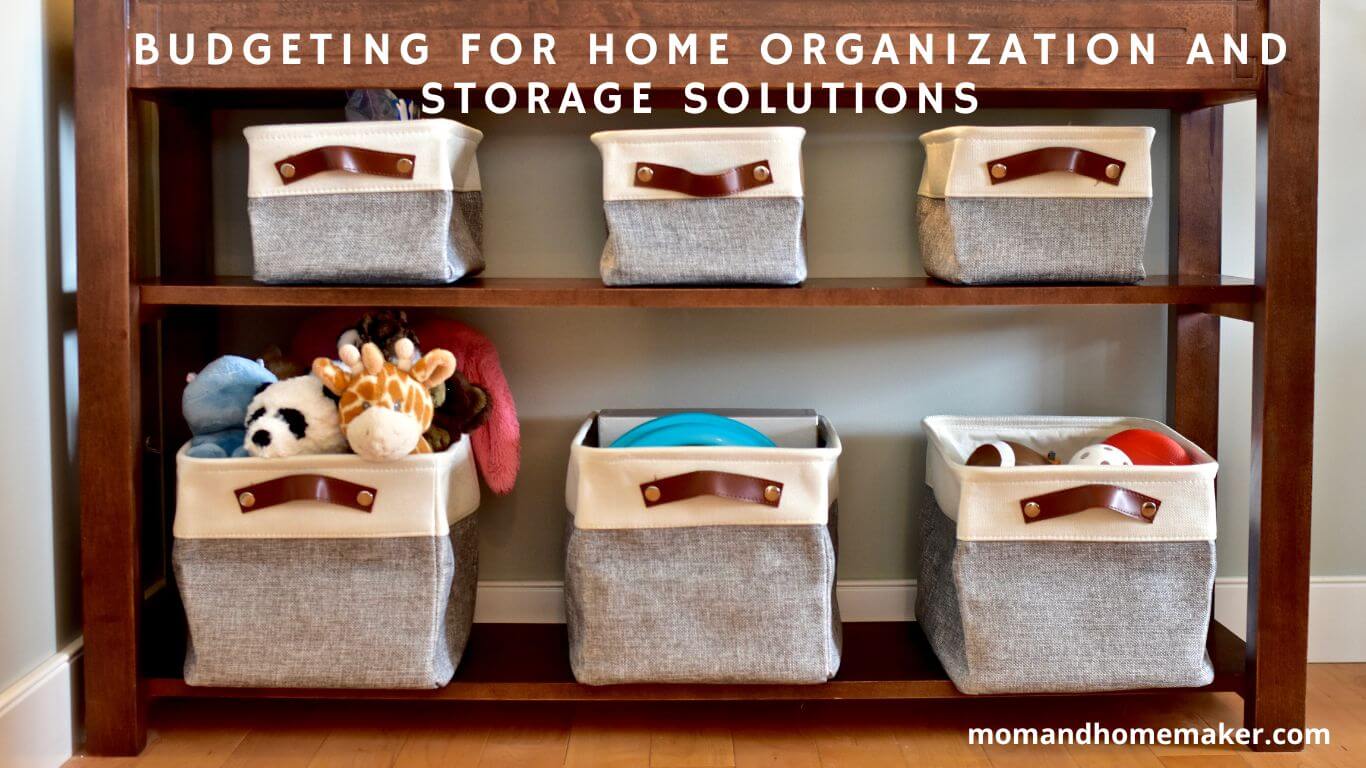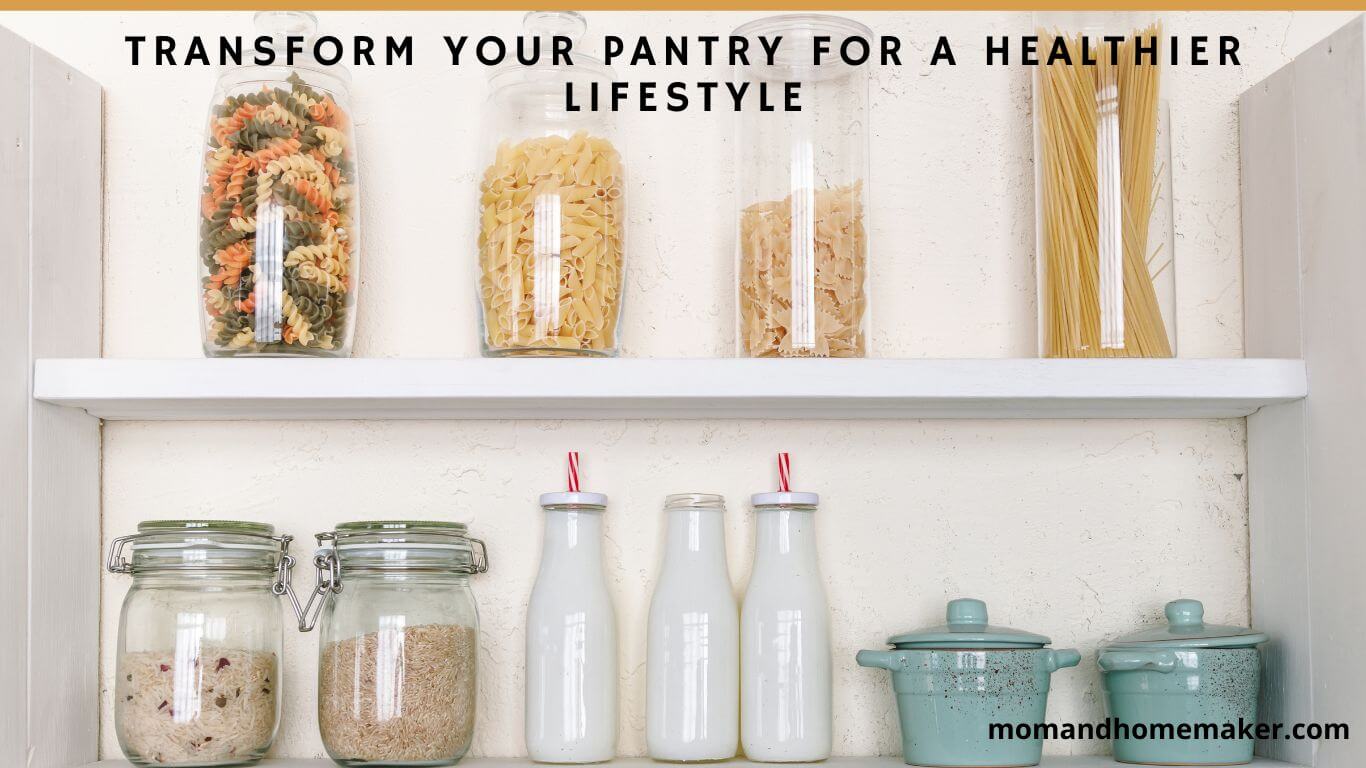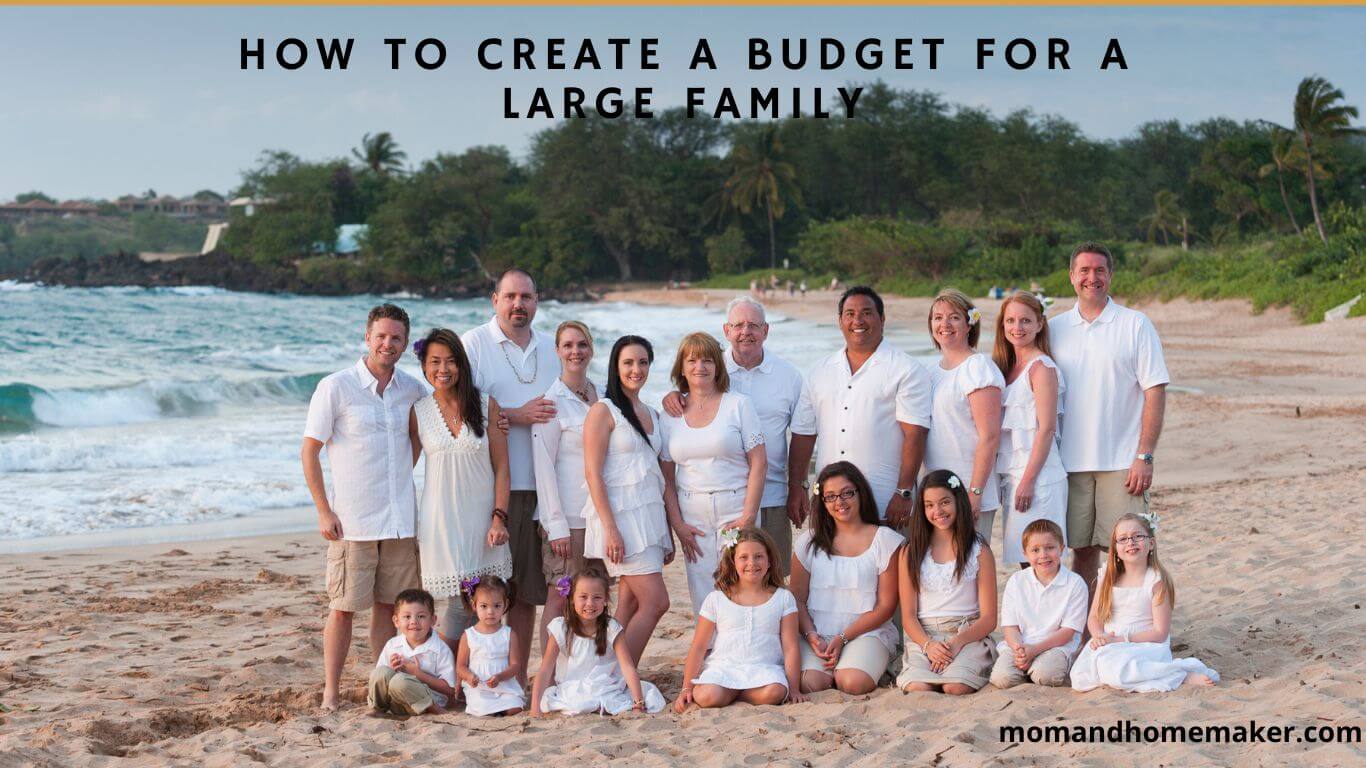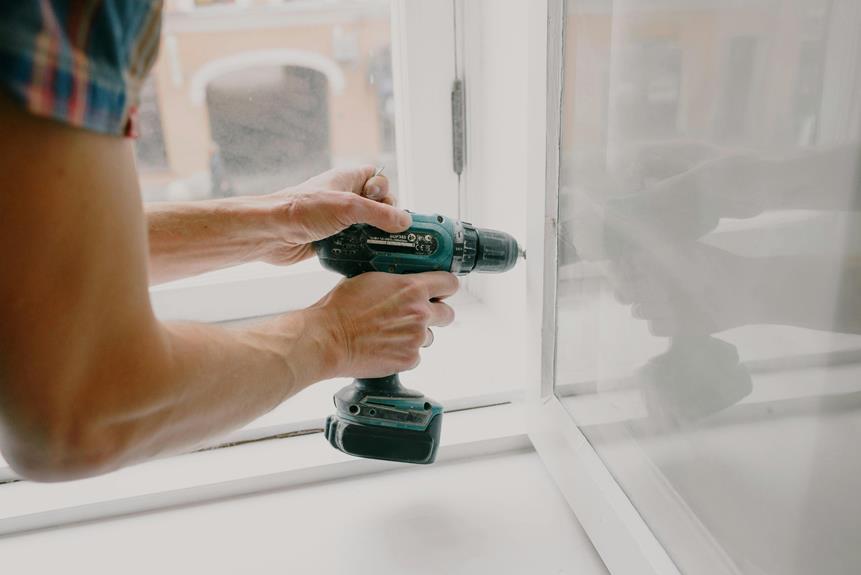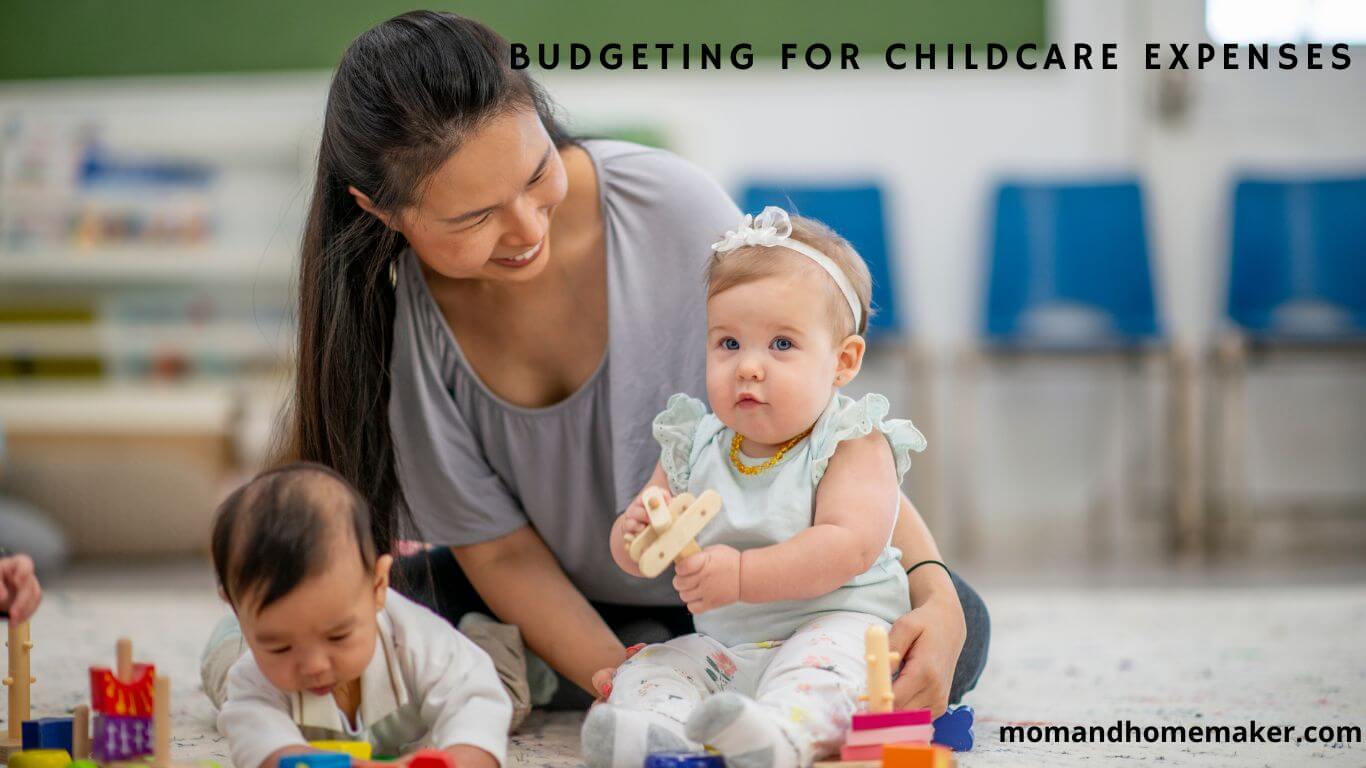Budgeting for home organization and storage solutions is a crucial aspect of maintaining a tidy and efficient living space. With the increasing need to maximize every inch of our homes, finding affordable yet effective ways to declutter and organize our belongings is essential.
Budgeting for home organization and storage solutions is not only achievable but also crucial for creating a calm and functional living space.
In this guide, we will explore practical budgeting strategies and cost-effective storage solutions to help you transform your living space into a well-organized and functional environment without breaking the bank.

Assessing Your Storage Needs
To effectively organize your home, it’s important to first evaluate your storage needs. By understanding your space limitations and considering your long-term storage requirements, you can create a clutter-free and organized living environment that promotes a sense of belonging.
When assessing your space limitations, carefully examine the available storage areas in your home. Consider the size and layout of each room, as well as any existing furniture or built-in storage options. Think about the items you need to store and whether the current storage spaces can accommodate them. This will help you identify areas that need improvement or additional storage solutions.
In addition to evaluating your immediate storage needs, it’s crucial to consider your long-term storage requirements. Think about the items that you may need to store in the future, such as seasonal decorations, family heirlooms, or important documents. Anticipating these needs will allow you to plan for sufficient storage space and prevent future clutter.
Setting a Realistic Budget
Setting a realistic budget is crucial for effectively allocating your resources and making informed decisions when investing in home organization and storage solutions. Before setting a budget, assess your storage needs and prioritize the areas that require immediate attention.
Understanding your specific needs will help you allocate your budget accordingly and focus on the areas that will have the greatest impact on creating a well-organized and clutter-free home.
When assessing your storage needs, consider the different areas in your home that could benefit from organization solutions. Are your closets overflowing with clothes? Is your garage filled with unused sports equipment?
Prioritizing these areas will help you determine where to allocate your budget first. Start by addressing the areas that cause the most frustration or hinder your daily routines. This way, you can make significant progress in creating a more organized and functional space.
Setting a realistic budget also means being mindful of your financial situation. Consider how much you’re willing and able to spend on home organization and storage solutions. Research different options and compare prices to ensure you’re getting the best value for your money.
Remember, it’s not about spending the most, but rather investing wisely in solutions that will meet your needs and provide long-term benefits.
Researching Affordable Organization Solutions
When looking for affordable organizational solutions, it’s important to consider different options that fit your budget and needs. Start by exploring budget-friendly storage containers.
You can find a wide range of options online at affordable prices. Look for websites that offer discounts or sales, and read customer reviews to ensure the containers are of good quality and functional.
Another great option is to visit thrift stores or second-hand shops. They often have a variety of storage containers at lower prices compared to buying brand-new ones. You might even find unique and stylish containers that add a personal touch to your home organization.
Don’t forget to check out local stores or supermarkets that offer deals on storage containers. They sometimes have promotions or clearance sales that can help you save money. Keep an eye out for coupons or special offers in newspapers or online as well.
When researching affordable organization solutions, compare prices and features to get the best value for your money. Consider the size, durability, and functionality of the storage containers, as well as your specific needs and preferences.
DIY Versus Buying Pre-Made Solutions
Consider the advantages and disadvantages of DIY projects versus purchasing pre-made solutions for your home organization needs.
When it comes to organizing your home, you have the option to either tackle the task yourself with a DIY project or opt for the convenience of buying pre-made solutions. It’s important to carefully weigh the pros and cons of each option to determine which one is best suited for your needs and budget.
DIY projects can be a cost-effective choice for organization. By utilizing your creativity and resourcefulness, you can repurpose items or create custom solutions that specifically meet your needs.
DIY projects also provide a sense of accomplishment and personalization, as you have complete control over the design and functionality of your organization’s solutions. However, it’s important to consider your skill level and available time before embarking on a DIY project. While it can be rewarding, it may require more effort and expertise than initially expected.
On the other hand, purchasing pre-made solutions offers convenience and saves you time and effort. These solutions are often designed with specific organizational needs in mind and are readily available for purchase.
They can be a great option if you’re looking for a quick and easy way to declutter and organize your home. However, it’s important to consider the cost implications of buying pre-made solutions. They may be more expensive than DIY projects, especially if you have multiple areas in your home that require organization.
To help you visualize the pros and cons of DIY projects versus buying pre-made solutions, here is a table outlining the key factors to consider:
| DIY Projects | Buying Pre-Made Solutions |
|---|---|
| Cost-effective | Convenient |
| Personalized and customizable | Time-saving |
| Requires time and skill | May be more expensive |
| Sense of accomplishment | Designed for specific needs |
Ultimately, the choice between DIY projects and buying pre-made solutions depends on your personal preferences, budget, and available resources. Whether you opt for the cost-effective and personalized approach of DIY or the convenience of pre-made solutions, the goal is to create an organized and functional space that suits your needs.
Prioritizing Which Areas to Organize First
Assess your home and identify the areas that are causing clutter and disorganization. Take the time to walk through each room and evaluate how organized it is. This will help you determine which areas need your attention the most.
Once you have assessed your home, it’s time to prioritize which areas to organize first. Here are four steps to help you in this process:
- Consider Time: Think about the amount of time you have available to dedicate to each area. If you have a busy schedule, start with smaller spaces that can be tackled in shorter periods. This will give you a sense of accomplishment and motivate you to continue organizing other areas.
- Create a Schedule: It’s important to create a schedule that allows you to allocate specific time slots for organizing. Break down your tasks into manageable chunks and assign specific days or times to work on each area. This will help you stay focused and ensure that you make progress consistently.
- Prioritize High-Traffic Areas: Start with areas that are frequently used and tend to accumulate clutter quickly. For example, the entryway, kitchen, and living room are often high-traffic areas that can benefit from organization. By starting here, you’ll immediately see the impact of your efforts and create a more welcoming and functional space.
- Tackle Storage Spaces: Finally, prioritize organizing storage spaces such as closets, cabinets, and pantries. These areas often become dumping grounds for miscellaneous items and can quickly become overwhelming. By organizing these spaces, you’ll not only declutter your home but also make it easier to find and access items when needed.
Finding Budget-Friendly Storage Containers
If you’re looking for affordable storage containers, check out discount stores and online marketplaces. These places often offer a wide range of storage solutions at lower prices compared to specialty stores. You can find functional and aesthetically pleasing storage bins, baskets, and boxes. To save even more money, consider repurposing household items and using storage hacks.
Here are some budget-friendly storage containers and their potential uses:
- Plastic Storage Bins: These are ideal for storing seasonal clothing, shoes, or toys.
- Cardboard Boxes: Perfect for organizing paperwork or storing items temporarily.
- Wicker Baskets: Great for holding blankets, pillows, or magazines in the living room.
- Mason Jars: Useful for organizing small items like craft supplies or kitchen utensils.
Utilizing Existing Furniture for Storage
Maximizing storage space without spending extra money can be achieved by repurposing existing furniture in your home. This creative approach not only adds storage solutions but also adds a unique touch to your living space.
Here are some ideas to get you started:
- Use bookshelves as room dividers: Place a bookshelf perpendicular to a wall to create a partition that separates different areas of a room. This also provides additional storage space for books, decor, or baskets.
- Transform a dresser into a TV stand: Give new life to an old dresser by turning it into a stylish TV stand. The drawers can be used to store DVDs, remotes, and other media accessories.
- Convert a ladder into a storage rack: Repurpose a wooden ladder as a unique storage rack. Lean it against a wall and use the rungs to hang blankets, towels, or clothing.
- Turn a coffee table into a storage ottoman: Add a cushion to the top of the coffee table and secure it with fabric. This transforms the table into a functional storage ottoman where you can keep blankets, pillows, or board games.
Maximizing Vertical Space in Your Home
Now let’s discuss how you can maximize storage and organization in your home by utilizing vertical space. When you have a small living space, it’s important to make the most of every inch. One practical way to do this is by using wall-mounted shelves or floating shelves. These shelves not only provide extra storage but also add a decorative touch to your home.
Another option is to invest in tall bookcases or storage cabinets that reach the ceiling. This often overlooked vertical space can be used to store items that you don’t frequently use, keeping your living area free of clutter.
Consider adding over-the-door organizers or hanging racks to the back of doors or inside closets. These are great for storing shoes, accessories, or cleaning supplies. And don’t forget about the space under your bed. Invest in storage containers or bins that can slide under the bed frame, giving you a convenient and hidden storage solution.
Incorporating Decluttering Into Your Budgeting Plan
Incorporate decluttering into your budgeting plan to effectively manage your finances and create a clutter-free living space. By including decluttering as part of your budgeting plan, you can save money, reduce stress, and create a more organized and inviting home environment.
Here are four ways to incorporate decluttering into your budgeting plan:
- Set aside a decluttering budget: Allocate a specific amount of money each month for purchasing storage solutions or hiring professional organizers if needed. This will help you stay on track and avoid overspending on unnecessary items.
- Sell or donate unwanted items: Instead of throwing away items you no longer need or use, consider selling them online or donating them to charity. This way, you can earn extra cash or give back to those in need while decluttering your home.
- Prioritize decluttering in your spending plan: When creating your monthly budget, make sure to allocate funds specifically for decluttering expenses. This will help you stay motivated and committed to your decluttering goals.
- Avoid impulse purchases: Before buying new items, ask yourself if you need them and if they’ll contribute to a clutter-free living space. By being mindful of your purchases, you can avoid unnecessary clutter and save money in the long run.
Seeking Out Secondhand Organization Items
If you’re looking for affordable and sustainable ways to organize your home, consider finding secondhand organization items. Not only can you save money by finding great deals, but you can also give new life to items that may hold sentimental value. When you buy secondhand, you’re not only reducing waste but also promoting a more sustainable lifestyle.
Start by checking out thrift stores, consignment shops, or online marketplaces where you can find a wide range of organization items at a fraction of the cost. Look for storage bins, baskets, shelves, and organizers that can help you declutter and create a more organized space.
Get creative and repurpose items for different uses. For example, you can transform an old ladder into a stylish bookshelf or use mason jars to store small items like buttons or office supplies. By repurposing and reusing these items, you can create a unique and personalized organizational system for your home.
Budgeting for Professional Organizing Services
If you’re considering investing in professional organizing services, it’s important to budget accordingly to ensure you get the best value for your money. Hiring a professional organizer can bring numerous benefits to creating a well-organized and clutter-free home. Here are some cost-effective strategies to consider when budgeting for professional organizing services:
- Prioritize your needs: Before hiring a professional organizer, assess your specific organizing needs. Determine which areas of your home require the most attention and focus on those first. This will help you allocate your budget more effectively.
- Research and compare prices: Take the time to research different professional organizers in your area and compare their prices. Look for organizers who offer reasonable rates without compromising on quality. Reading reviews or asking for recommendations from friends and family can help you find a reputable and affordable organizer.
- Set a realistic budget: Determine how much you can comfortably afford to spend on professional organizing services. Be realistic about what you can achieve within your budget and communicate this to the organizer. They can then work with you to create a plan that fits your financial constraints.
- Opt for package deals or group sessions: Some professional organizers offer package deals or group sessions, which can be more cost-effective than individual sessions. Consider these options to maximize your budget and still receive professional guidance and support.
Maintaining and Updating Your Organization System
Keeping your home organization system running smoothly requires regular maintenance and updates. This not only helps you stay organized but also creates a sense of peace and belonging in your space.
One way to maintain your system is by updating existing methods. As your needs change over time, it’s important to reassess and make adjustments to your organization’s techniques. Start by evaluating what’s and isn’t working for you. Identify any areas in your home that consistently become cluttered or disorganized, and find new solutions that better suit your current needs.
Another way to maintain your organization system is by repurposing furniture. Instead of buying new storage solutions, take a look at the furniture you already have and see if it can be used differently.
For example, you can transform an old bookshelf into a storage unit for shoes or bins. Repurposing furniture not only saves money but also adds a unique touch to your home organization system.
Regularly maintaining and updating your organization system ensures that it remains functional and efficient, allowing you to create a space that truly feels like home.
Conclusion
Effective budgeting for home organization and storage solutions is essential for creating a functional and clutter-free living space.
By allocating resources wisely and prioritizing the most critical storage needs, individuals can optimize their home environments and improve overall organization.

